If you prefer listening over reading, here's an ad-free narration of the blog post:
You can also listen to the narration on Substack, YouTube, or Spotify.
Storytime 📖
In 2017, I began a doctorate in chemistry focused on expanding efforts to support "at-risk" students in general chemistry courses.
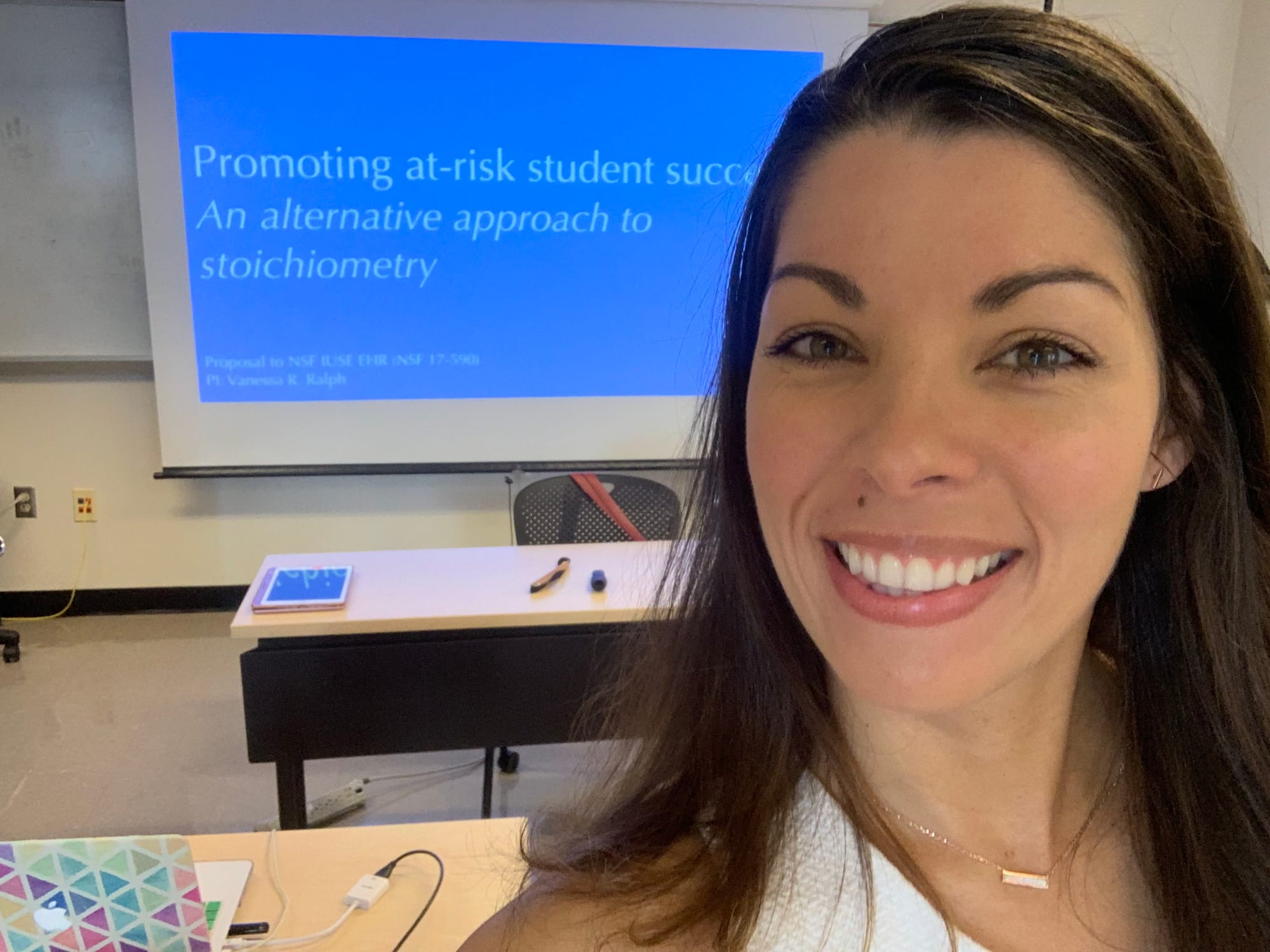
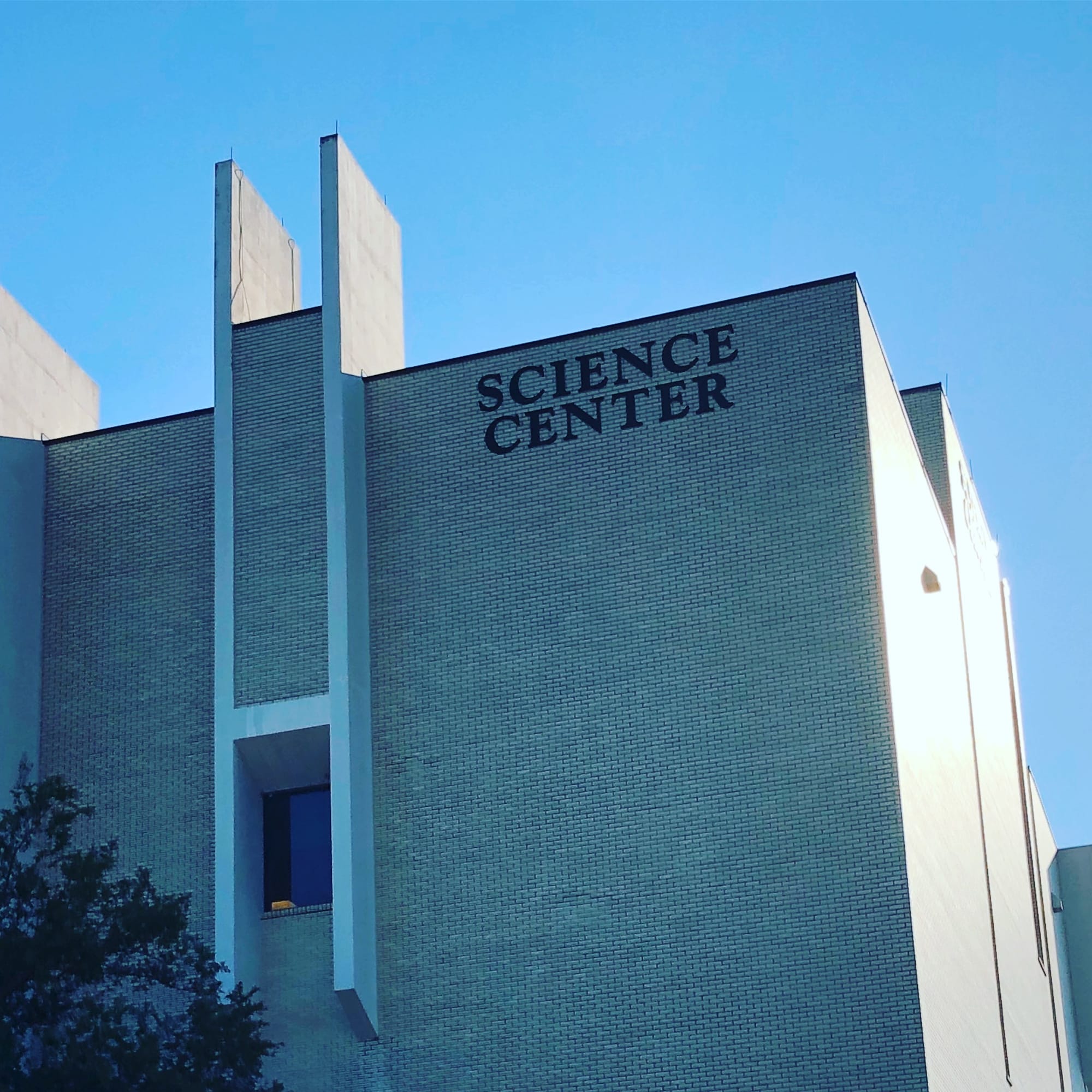

Evidence suggested students with lower standardized math test scores were most at risk for failing general chemistry courses. At the time, no studies had identified which chemistry topics these students most needed support. We learned stoichiometry presented the most inequitable challenge to students with less access to pre-college mathematics preparation.[1]
We need to make these stoichiometry assessments more equitable. But how?
Surprisingly, I learned chemistry students with lower math test scores didn't need help with the math of stoichiometry. Instead, we found they were most concerned with understanding the concepts behind stoichiometry.
Findings suggest that while all students were observed to struggle in the conceptualization of the algorithms by which they execute solution processes, not-at-risk chemistry students were more likely to achieve correct answers via chemically implausible solution pathways.
Essentially, we weren't measuring chemistry knowledge with these stoichiometry assessments.[2]
These experiences shaped how I see academic systems, as it was not the students (or educators) who needed reforming but the systems surrounding chemistry knowledge and how it is measured.
A valuable skill from Critical scholarship 🤔
The most valuable skill I've learned over the past seven years of researching educational systems through a Critical lens is visualizing a reformed system.
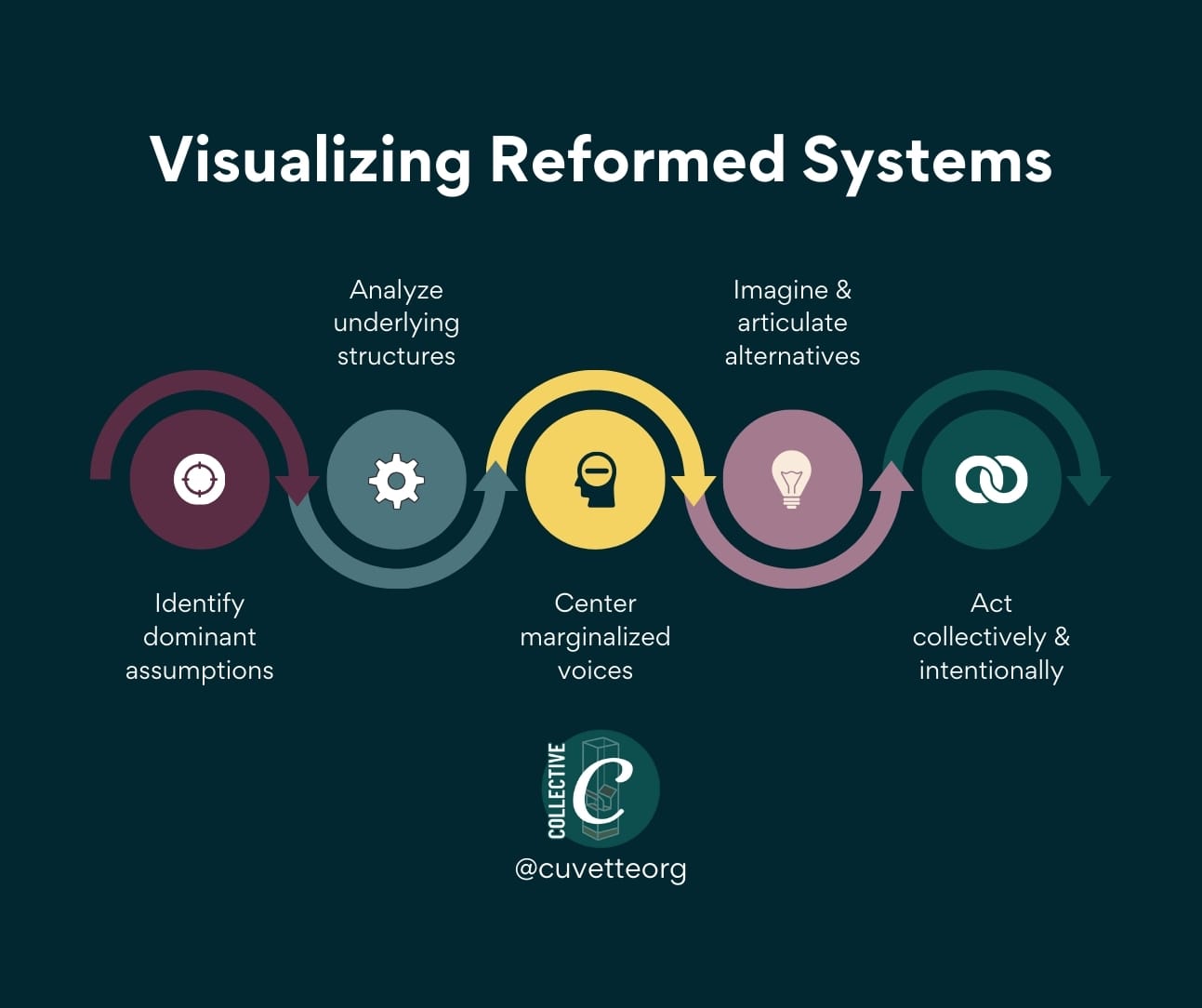
A few brief points here 📋
- Critical scholarship emphasizes examining a system's underlying structures and assumptions.
- Critical theory encourages questioning dominant narratives and challenging the status quo.
- Imagining alternative possibilities (especially alongside and elevating the voice of those most impacted by the status quo) is crucial in creating meaningful systemic change.
- Visualizing a reformed system allows us to conceptualize a just future, providing a clear direction for our efforts.
- By taking the time to visualize a reformed system, we work towards identifying the root causes of problems rather than just addressing symptoms.
Visualizing is resistance.
I've included references by Paulo Freire,[3] bell hooks,[4] Kimberlé Crenshaw,[5] and Gloria Ladson-Billings,[6] below and acknowledge the impact these and other scholars have had on my interpretations of systemic reform.
Now, let's visualize an education system that integrates research and practice 🔄
Integrated education systems:
Educational systems that have successfully closed the research-practice gap
The research-practice gap in education refers to the disconnect between the findings and recommendations from academic research and the actual practices implemented by educators in classrooms and schools. This gap arises when research insights are not effectively translated into actionable strategies or practitioners' experiences, and challenges do not adequately inform research priorities. Closing this gap is crucial for ensuring that educational practices are evidence-based, context-specific, and responsive to the needs of diverse learners.
Here are some critical elements of an integrated education system:



1️⃣ Practice-based evidence vs. evidence-based instruction 👩🏽🏫
The current approach to evidence-based instruction relies heavily on establishing causal relationships through controlled experiments and meta-analyses. While valuable, this method overlooks the complex realities of classrooms and the myriad factors influencing educational outcomes in specific contexts.[7]
An education system integrating research and practice could value and incorporate practice-based evidence by:
🔍 Elevating practitioner insights
- Tapping into the rich experiences and observations of educators working directly with students
- Using case studies and classroom data to understand the nuances of what works, for whom, and under what conditions
🧩 Embracing complexity
- Acknowledging that the unique interplay of school characteristics, resources, cultural norms, and systemic practices shapes educational interventions
- Moving beyond simplified averages to develop context-specific strategies
🔄 Fostering bidirectional knowledge exchange
- Creating channels for practitioners to inform research priorities and share on-the-ground realities
- Ensuring research findings are communicated in accessible, actionable ways for educators
Our professional learning community connects a global network of passionate science educators, providing opportunities for collaboration, knowledge-sharing, and ongoing support to help members grow, thrive, and make a lasting impact in their classrooms and beyond.
For example, a group of introductory science educators noticed their students struggling to grasp the abstract concepts of energy transfer and conservation.
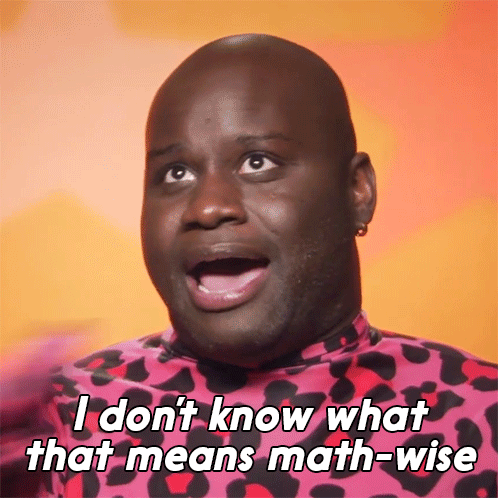
Through collaborative reflection and sharing classroom experiences with researchers, the department's practitioner-researcher team realized the need to incorporate more hands-on experiments and real-world examples to help students develop a deeper understanding of these concepts.
The team designed and collected data on institutional culture, practitioner perspectives, student engagement, performance on assessments, and feedback from their students. They used this practice-based evidence to refine their instructional strategies, such as designing interactive simulations or assigning projects that required students to apply energy concepts to everyday situations.
By leveraging their collective insights and continuously evaluating the impact of these changes, the teachers could develop a more effective approach to teaching energy concepts grounded in their specific context and responsive to their students' needs. Integrating practice-based evidence with rigorous research could develop evidence-based teaching strategies and policies that are directly relevant and applicable to the practitioners who need them most. 🎓✨
2️⃣ Systemic incentives to support integration 🏛️
It's easy to say "researchers/educators should do [X]"; however, it is crucial to recognize that systematically, our education system does not incentivize (and in many cases can even penalize) those who embody the reforms necessary to bridge the research-practice gap.
As such, we can envision a few key policy and systemic reforms to incentivize the closing of this gap:
📈 Evaluation and Promotion Criteria
- Researchers are recognized for the real-world impact of their collaborative efforts alongside traditional metrics
- Engaging with practitioners and driving positive change becomes a critical factor in career advancement
💰 Funding Streams and Grant Opportunities
- Dedicated funding supports research projects that actively involve practitioners from start to finish
- Grants prioritize studies that address real-world challenges and lead to actionable solutions
🎓 Professional Development Programs
- Researchers gain skills in effective collaboration, communication, and stakeholder engagement
- Practitioners enhance their understanding of research methodologies and data analysis, becoming equal partners in the process
Our consulting firm provides personalized, evidence-based guidance and support to help educators and institutions design, implement, and evaluate innovative science education programs.
🏫 Policies and Incentives
- Institutions allocate dedicated time for researchers to engage with practitioners
- Performance evaluations recognize and reward collaborative efforts that bridge the research-practice divide
- Career advancement opportunities are tied to the successful translation of research into practice
🤝 Partnerships and Agreements
- Academic institutions and educational organizations forge long-term collaborations
- Shared ownership of research agendas and outcomes ensures that studies are relevant and impactful
In this unified research-practice ecosystem, knowledge flows freely between researchers and educators, fostering a culture of continuous improvement and innovation. By working together, they create evidence-based strategies that are theoretically sound and practically applicable in diverse educational settings. 📚🔍
3️⃣ Embedded researcher-practitioner collaborations 🫱🏽🫲🏾
I envision an academic system where the walls (tracks, titles, incentives, and timelines) dividing researchers and practitioners are dissolved, giving way to:
🏫 Embedded Researchers
- Education researchers are immersed in the daily life of schools and educational institutions
- They work alongside practitioners to observe, understand, and address challenges in real-time
- This hands-on approach fosters a deep understanding of the complexities of educational settings and enables the co-creation of practical, context-specific solutions
📚 Accessible Research Findings
- Research findings are no longer confined to academic journals and conferences
- Instead, they are disseminated in practitioner-friendly formats, such as concise briefs, interactive workshops, or online platforms
- This approach ensures that educators can easily access, understand, and apply the latest evidence-based strategies in their classrooms
Our peer-reviewed journal offers a platform for researchers and practitioners to share cutting-edge insights, best practices, and case studies that advance the field of science education and inform evidence-based practice.
🔄 Continuous Feedback Loop
- The flow of information between researchers and practitioners is no longer one-way
- A continuous feedback loop allows for ongoing evaluation, refinement, and adaptation of educational practices based on real-world experiences and emerging research
- This iterative process ensures that educational practices remain responsive to changing contexts and evolving needs, fostering a culture of continuous improvement and mutual learning
In this integrated academic system, researchers and practitioners work hand in hand, leveraging their collective expertise to drive meaningful change in education.[8][9]
Conclusion 📘
By closing the gap between research and practice, education systems could enable the rapid adoption and implementation of practice-based evidence to inform evidence-based instruction; students would benefit from:
- Instruction tailored to their unique needs and learning styles, as educators would have access to a broader range of evidence-based strategies to support diverse learners.
- Engaging and relevant curriculum that connects abstract concepts to real-world applications, as research insights would inform the design of authentic learning experiences.
- Enhanced support for students facing challenges or barriers to learning, as practitioners and researchers would collaborate to identify and address the root causes of educational inequities.
- Improved academic outcomes, such as higher test scores, increased content mastery, and developing critical thinking and problem-solving skills due to more effective, evidence-based teaching practices.
- Greater motivation and enthusiasm for learning, as students would experience instruction responsive to their interests, experiences, and aspirations.
Ultimately, by bridging the divide between research and practice, education systems could create more equitable, engaging, and empowering learning environments that enable all students to thrive.📈✨
What say you?! 🧐
What did I miss? Where do we differ in vision? What role would you play in bridging this divide? How would you contribute to creating a more integrated, collaborative, and impactful education system?
References & Resources:
- Rosa, V., & E. Lewis, S. (2018). Chemistry topics posing incommensurate difficulty to students with low math aptitude scores. Chemistry Education Research and Practice, 19(3), 867–884. https://doi.org/10.1039/C8RP00115D
- Rosa, V., & E. Lewis, S. (2019). An explanative basis for the differential performance of students with low math aptitude in general chemistry. Chemistry Education Research and Practice, 20(3), 570–593. https://doi.org/10.1039/C9RP00068B
- Freire, P., & Macedo, D. (2000). Pedagogy of the Oppressed, 30th Anniversary Edition (M. B. Ramos, Trans.; 30th Anniversary edition). Continuum.
- hooks, bell. (1994). Teaching to Transgress: Education as the Practice of Freedom (First Thus edition). Routledge.
- Crenshaw, K. (1991). Mapping the Margins: Intersectionality, Identity Politics, and Violence against Women of Color. Stanford Law Review, 43(6), 1241–1299. https://doi.org/10.2307/1229039
- Ladson-Billings, G. (1995). Toward a Theory of Culturally Relevant Pedagogy. American Educational Research Journal, 32(3), 465–491. https://doi.org/10.2307/1163320
- Joyce, K. E., & Cartwright, N. (2020). Bridging the Gap Between Research and Practice: Predicting What Will Work Locally. American Educational Research Journal, 57(3), 1045–1082. https://doi.org/10.3102/0002831219866687
- Kaufman, B. E. (2022). The academic-practitioner gap: Past time to bring in the practitioner perspective. Human Resource Management Review, 32(2), 100895. https://doi.org/10.1016/j.hrmr.2022.100895
- Addressing the Gap Between Education Research and Practice—Center for American Progress. (n.d.). Retrieved April 19, 2024, from https://www.americanprogress.org/article/addressing-gap-education-research-practice/
If you found this content helpful and want to support the development of more, please consider supporting our efforts by subscribing (free) or purchasing a monthly membership:
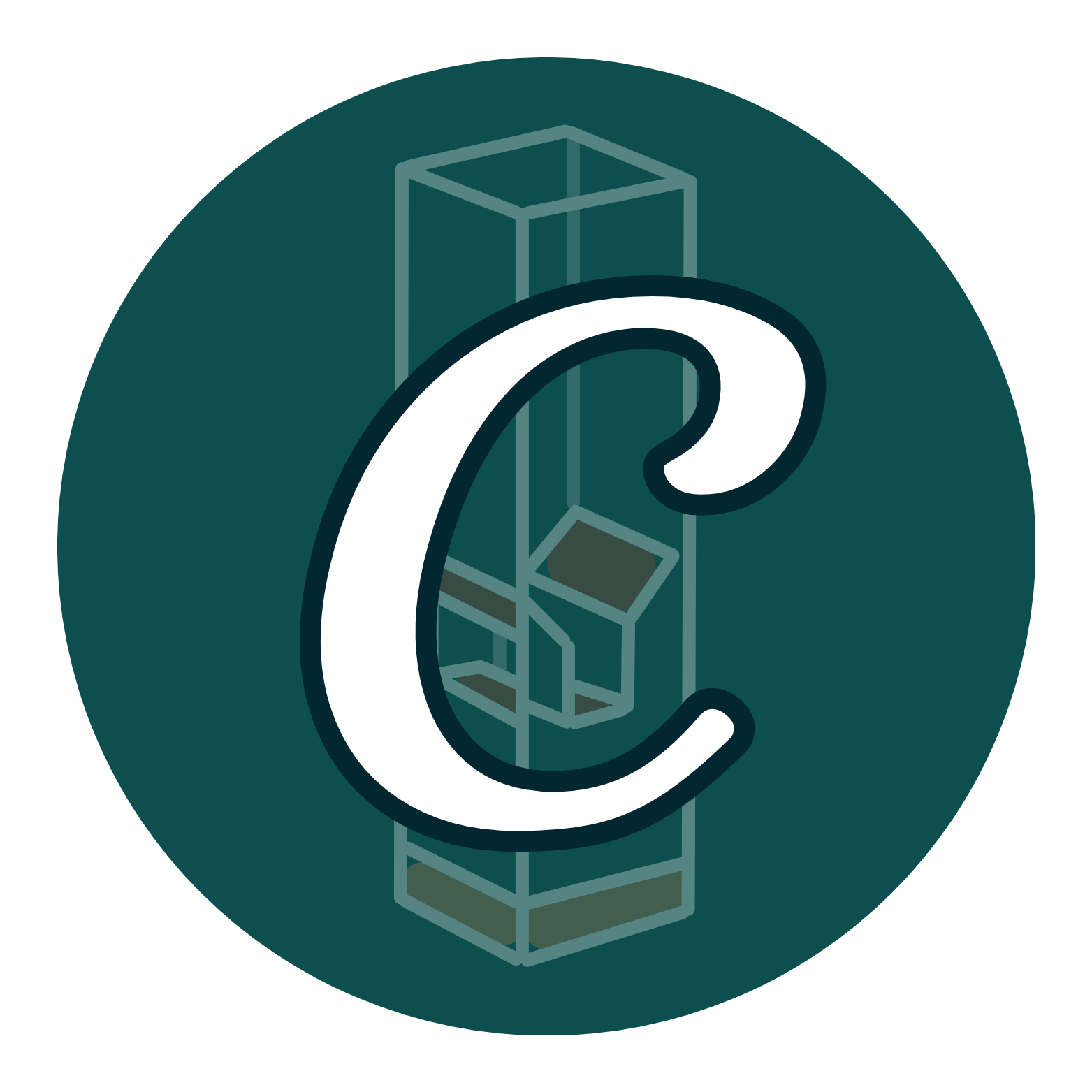


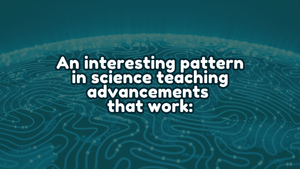


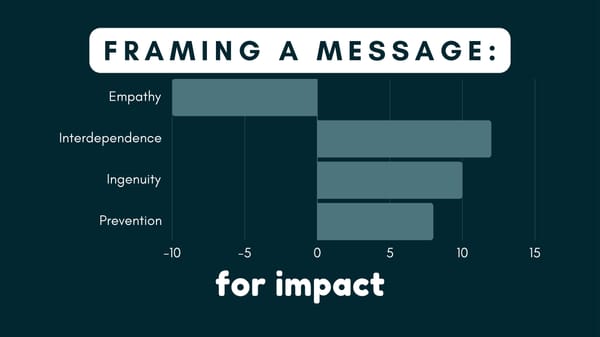

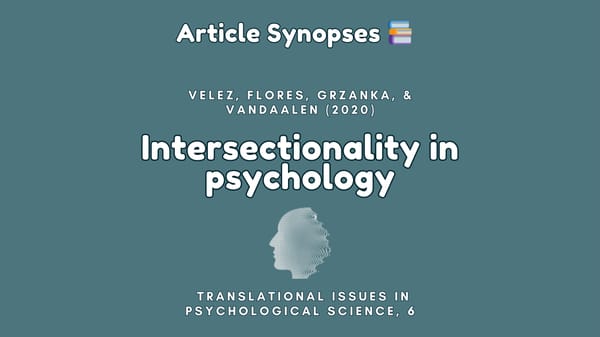
Member discussion